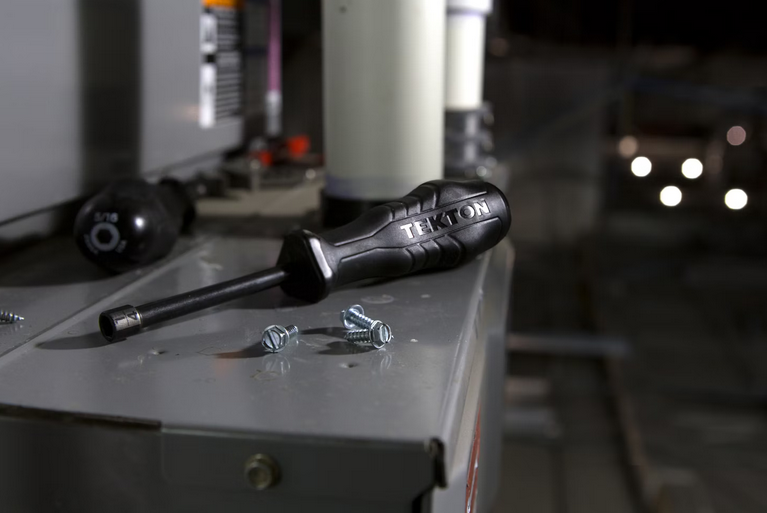
Threads are the unsung heroes of the engineering world, quietly holding together the fabric of modern society. Whether it’s the screws in your furniture or the bolts securing a skyscraper, threads play a crucial role. But how do engineers ensure the precision and reliability of these threaded connections? Thread gages a fascinating yet often overlooked tool in the engineer’s arsenal. Let’s embark on a journey to uncover the basics of thread gages, their various types, and their wide-ranging applications.
What Are Thread Gages?

At their core, thread gages are precision tools used to measure and verify the accuracy of threaded components. They come in various shapes and sizes, each tailored to specific thread types and applications. Thread gages help ensure that threads meet standardized specifications and tolerances, guaranteeing compatibility and functionality in diverse engineering contexts.
Types of Thread Gages

- Plug Gages: Plug gages, also known as threaded plug gages or ring gages, are used to check the internal (female) threads of nuts, tapped holes, or other internally threaded components. They consist of a cylindrical shaft with threaded grooves along its length, allowing them to gauge the fit of mating threads accurately.
- Ring Gages: Ring gages, sometimes referred to as threaded ring gages, are the counterpart to plug gages. They measure the external (male) threads of bolts, screws, or other externally threaded components. Ring gages feature a circular ring with threaded grooves on the inside surface, providing a precise reference for the pitch diameter and thread form.
- Go/No-Go Gages: Go/no-go gages are specialized thread gages designed to quickly verify whether a threaded component meets acceptable tolerances. The “go” side of the gage checks the minimum acceptable size of the thread, while the “no-go” side verifies that the thread does not exceed the maximum acceptable size. This binary approach simplifies inspection and ensures efficient quality control.
Applications of Thread Gages

Thread gages find application across a wide spectrum of industries and settings, including:
- Manufacturing: Thread gages are indispensable tools in manufacturing facilities, where they are used to verify the accuracy of machined threads on components ranging from automotive parts to aerospace components.
- Quality Control: In quality control processes, thread gages help ensure that manufactured parts meet specified standards and tolerances. By meticulously inspecting threaded connections, engineers can identify deviations and prevent defects before they impact product performance.
- Maintenance and Repair: Thread gages are invaluable for maintenance and repair tasks, allowing technicians to quickly assess the condition of threaded components and determine if replacement or adjustment is necessary.
- Research and Development: In research and development laboratories, thread gages play a crucial role in prototyping and testing threaded designs. By validating thread specifications early in the design process, engineers can refine designs and optimize performance.
In the intricate tapestry of engineering, thread gages serve as essential tools that ensure the integrity and reliability of threaded connections. From the microscopic threads in precision instruments to the colossal bolts securing industrial machinery, thread gages silently uphold the standards of quality and precision.